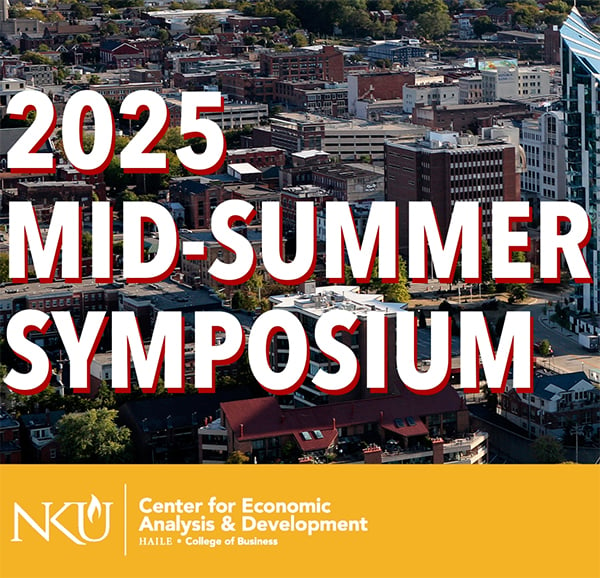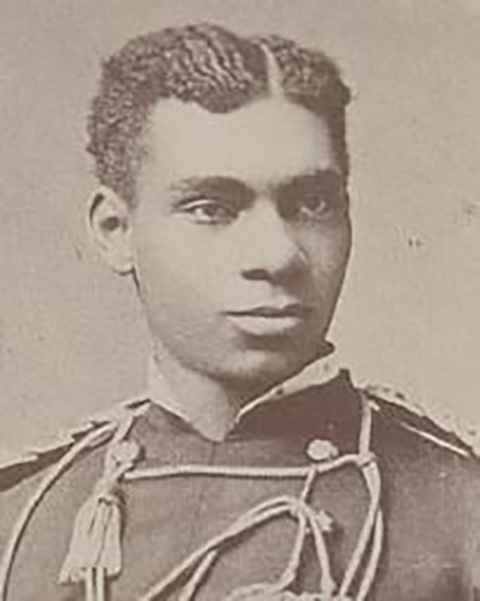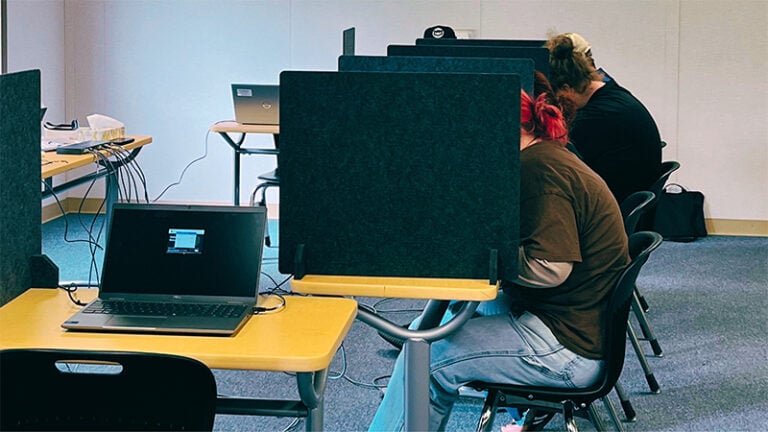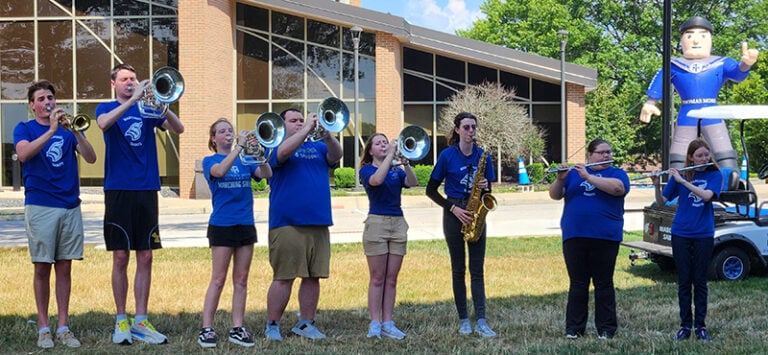Kentucky’s academic standards for English Language Arts set an expectation for reading, writing, listening and speaking across different disciplines. Under the new standards, teachers and students should be using professional texts and journals, historical documents, and classic literature to “build a foundation of knowledge. . .that will also give [students] the background to be better readers in all content areas.”
“Making Connections: Language Arts Skills Enhanced Across Genres” takes readers into several classrooms across Kentucky to show how teachers are weaving in different types of texts to enhance students’ engagement and learning. English teachers are helping students draw on essays, novels, informational pieces, and historical documents to build their abilities to cite evidence independently. This also helps make English classes more relevant for students.
Kristal Doolin, a teacher at Corbin Middle School in southeast Kentucky, and 2013 Kentucky Teacher of the Year, has students tie together different reading materials through community projects. “It’s because of the standards and the habit of looking for ways to connect students to more authentic reading and writing skills that I ever started looking outside my classroom doors,” she commented.
Sarah Cox, a language arts teacher at East Jessamine High School, explained, “We are focused on what’s needed for a functioning citizen in the 21st century in college, in the workforce, and as an informed person and consumer.” She seeks informational pieces to accompany novels and other works of literature. “To get there, we are covering a wider range of texts and asking students to think and build skills for understanding the information and ideas in front of them.”
“Literacy is the bedrock of learning across all disciplines. Therefore, it’s critical that Kentucky students learn to read and comprehend information from many varieties of sources and across subject areas. Kentucky’s English Language Arts standards provide a rich foundation upon which individual teachers can design creative and innovative lessons to engage students and provide them opportunities to develop skills they will need in college, careers, and in life,” said Brigitte Blom Ramsey, executive director of the Prichard Committee for Academic Excellence.
Heather McGovern, an early elementary teacher and now a counselor at Brown Elementary in Louisville, emphasizes that the new standards help teachers identify where students are in their learning and decide how to help them take their next steps. “By the time we had been implementing this for three years,” she said, “you could see significant improvements in reading skills among students.” She also shared that the new standards and support that have accompanied their implementation have “helped my confidence in being able to reach all learners.”
This report is the third in a series of reports illustrating the shifts in teaching and learning happening in Kentucky’s schools as a result of the adoption and implementation of Kentucky’s new Academic Standards and the Professional Growth and Effectiveness System for teachers. The previous reports “Finding Solutions: Standards Push Students Toward Real Life Problems” and “Expanding Literacy: Reading, Writing Emphasized Beyond English Class” can be found on our website at www.prichardcommittee.org.
The Prichard Committee for Academic Excellence is an independent statewide advocacy organization dedicated to the improvement of education for all Kentuckians.



















